What is hydrogen bonding?
The attraction between the relatively positive areas of one molecule and the relatively negative areas of another molecule.
The repulsion between the positive and negative charges of two molecules.
The attraction between two nonpolar molecules.
The attraction between two ionic molecules.
Correct Answer : A
Hydrogen bonding is an interaction involving a hydrogen atom located between a pair of other atoms having a high affinity for electrons.
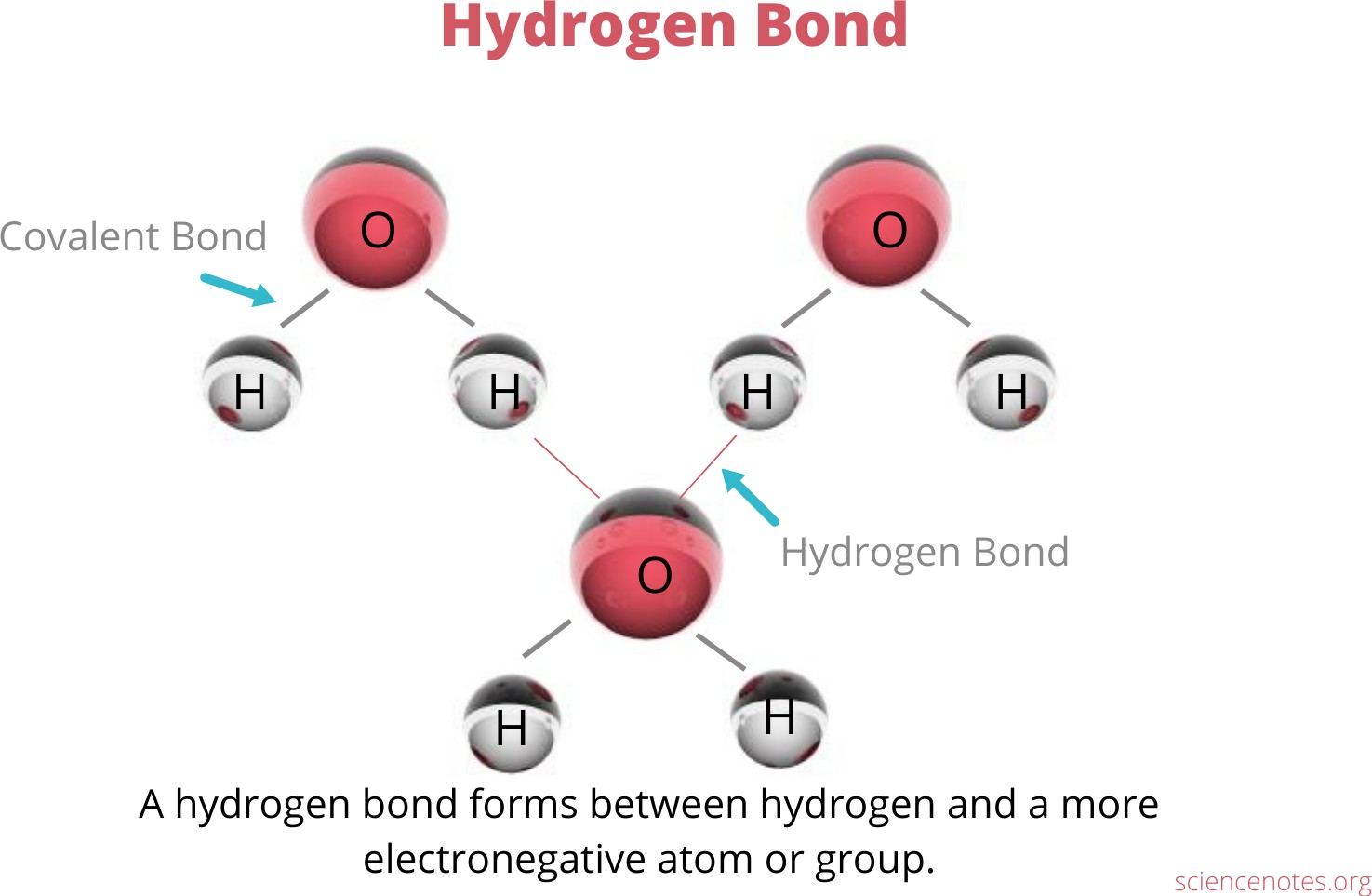 |
One atom of the pair (the donor), generally a fluorine, nitrogen, or oxygen atom, is covalently bonded to a hydrogen atom, whose electrons it shares unequally; its high electron affinity causes the hydrogen to take on a slight positive charge.
The other atom of the pair (the acceptor), also typically F, N, or O, has an unshared electron pair, which gives it a slight negative charge.
Mainly through electrostatic attraction, the donor atom effectively shares its hydrogen with the acceptor atom, forming a bond.
Choice B) The repulsion between the positive and negative charges of two molecules is incorrect because hydrogen bonding involves attraction, not repulsion.
Choice C) The attraction between two nonpolar molecules is incorrect because hydrogen bonding involves polar molecules.
Choice D) The attraction between two ionic molecules is incorrect because hydrogen bonding involves polar molecules and not ionic molecules.
TEAS 7 Exam Quiz Bank
HESI A2 Exam Quiz Bank
Find More Questions 📚
Teas 7 Questions: We got the latest updated TEAS 7 questions
100% Money Refund: 100% money back guarantee if you take our full
assessment pass with 80% and fail the actual exam.
Live Tutoring: Fully customized live tutoring lessons.
Guaranteed A Grade: All students who use our services pass with 90%
guarantee.
Related Questions
Correct Answer is A
Explanation
The normal flora refers to the microbial community that colonizes on the skin and mucus membrane .
Normal flora can be found in many sites of the human body including the skin, respiratory tract, urinary tract, and the digestive tract.
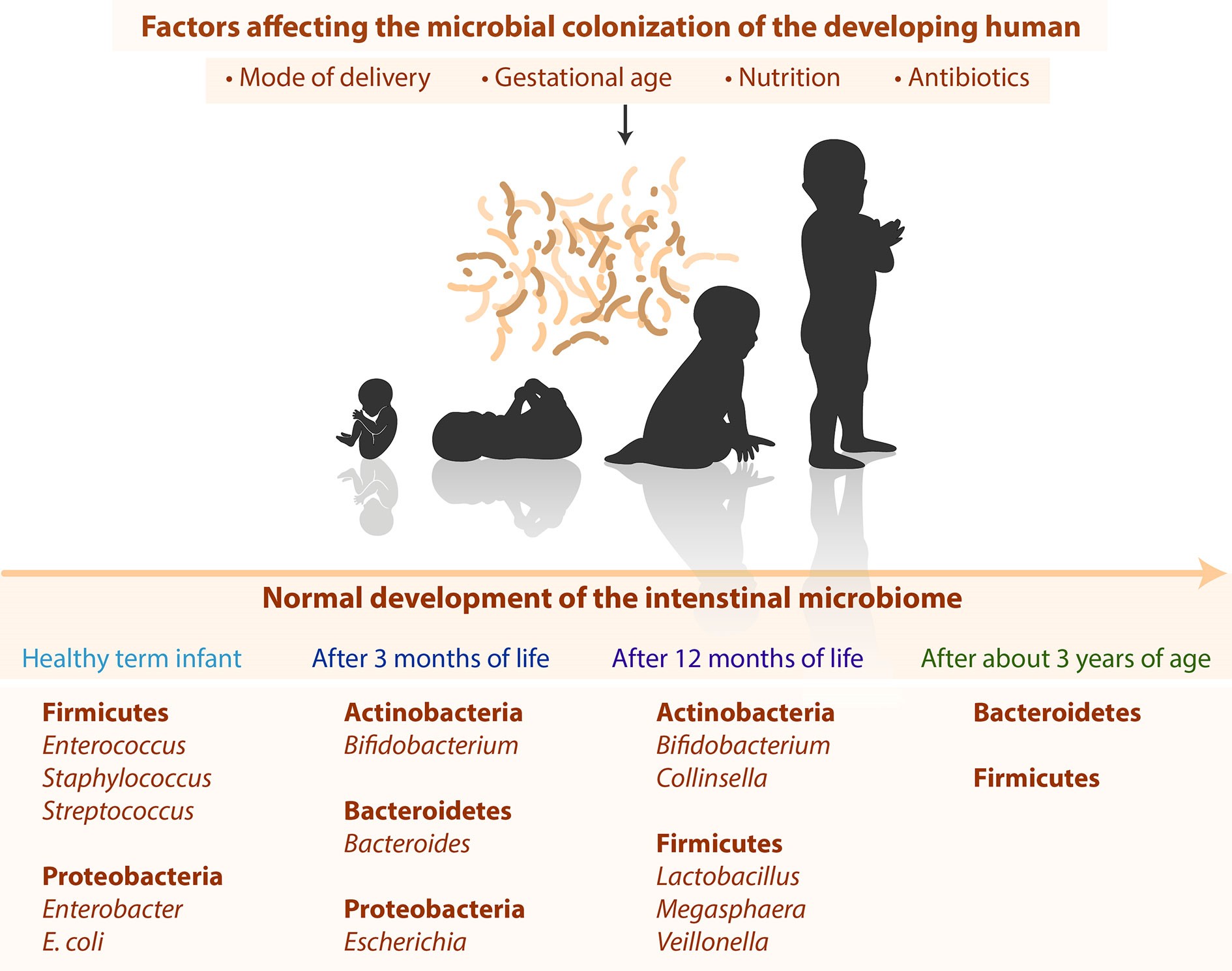
Choice B is incorrect because normal flora does not refer to a group of infectious parasites that cause diarrheal diseases .
Choice C is incorrect because normal flora does not refer to the genetic material of bacteria housed within a true nucleus .
Choice D is incorrect because normal flora does not refer to the protein coat surrounding the viral genome .
Correct Answer is C
Explanation
Innate immunity represents the first line of defense to an intruding pathogen.
The innate immune system is a series of nonspecific defenses that make up the innate immune system.
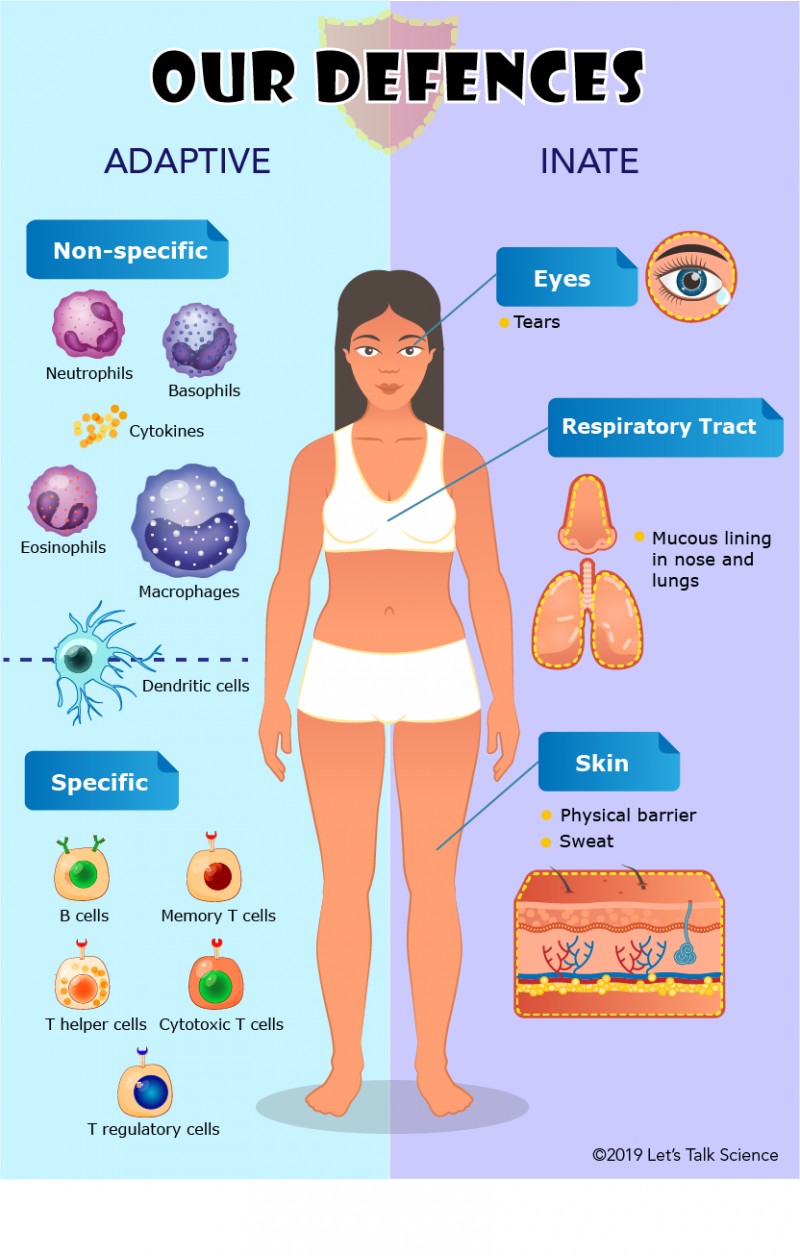
These defenses are not directed against any one pathogen but instead provide a guard against all infection.
Choice A is incorrect because adaptive immunity is activated when pathogens are able to bypass innate immune defenses.
Choice B is incorrect because antibodies are part of the adaptive immune system and are produced by B cells.
Choice D is incorrect because T cells are part of the adaptive immune system and assist B cells or directly kill infected cells.
Correct Answer is B
Explanation
The correct answer is choice B.
To amplify specific regions of DNA.
PCR (polymerase chain reaction) is a laboratory technique used to make many copies of a specific region of DNA.
 |
The goal of PCR is to make enough of the target DNA region that it can be analyzed or used in some other way.
PCR has many research and practical applications, including DNA cloning, medical diagnostics, and forensic analysis of DNA.
Choice A is incorrect because PCR does not separate DNA fragments by size. Choice C is incorrect because PCR does not sequence DNA fragments.
Choice D is incorrect because PCR does not analyze protein expression levels.
Correct Answer is C
Explanation
The correct answer is choice C. Substitution.
A substitution mutation is a type of point mutation where one base in the DNA sequence is replaced by another base.
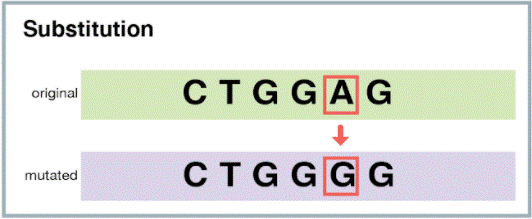 |
Choice A is incorrect because a deletion mutation occurs when one or more bases are removed from the DNA sequence.
Choice B is incorrect because an insertion mutation occurs when one or more bases are added to the DNA sequence.
Choice D is incorrect because an inversion mutation occurs when a segment of DNA is reversed within the chromosome.
Correct Answer is A
Explanation
The correct answer is choice A.
The spleen is an organ in the human body that is responsible for the removal of damaged red blood cells and the production of certain types of white blood cells.
Choice B is incorrect because the kidneys are responsible for filtering waste from the blood and regulating electrolyte balance.
Choice C is incorrect because the pancreas produces hormones and enzymes that aid in digestion.
Choice D is incorrect because the thyroid gland produces hormones that regulate metabolism.
Correct Answer is A
Explanation
The correct answer is choice A.
Increased respiration rate to remove excess CO2.
The body regulates blood pH through several mechanisms, including chemical buffers, the respiratory system, and the urinary system.
The respiratory system can adjust blood pH by changing the rate of respiration to remove or retain CO2.
When there is excess acid in the blood, the respiratory rate increases to remove more CO2, which helps to raise blood pH.
Choice B is incorrect because decreasing the respiration rate would retain CO2, which would lower blood pH.
Choice C is incorrect because increased water intake would not directly affect blood pH levels.
Choice D is incorrect because decreased water intake would not directly affect blood pH levels.
Correct Answer is B
Explanation
The correct answer is choice B.
Using a placebo group and a double-blind technique for giving the medications is the best way to ensure that the study is valid and reliable.
A placebo group helps control for the placebo effect, which can influence the results of a study.
A double-blind technique means that neither the patients nor the researchers know which medication is being given, reducing bias.
Choice A is not the best answer because while a large sample size and standardized procedure can increase reliability, they do not address validity.
Choice C is not the best answer because a matched-pairs design and crossover technique are useful for reducing variability but do not address validity.
Choice D is not the best answer because a convenience sample may not be representative and a pretest-posttest design does not control for extraneous variables.
Correct Answer is A
Explanation
Viruses use the host’s replication processes to produce progeny virus particles.
Viruses are obligate intracellular parasites, meaning that they require a host cell to replicate.
They hijack the host cell’s machinery to produce new virus particles.
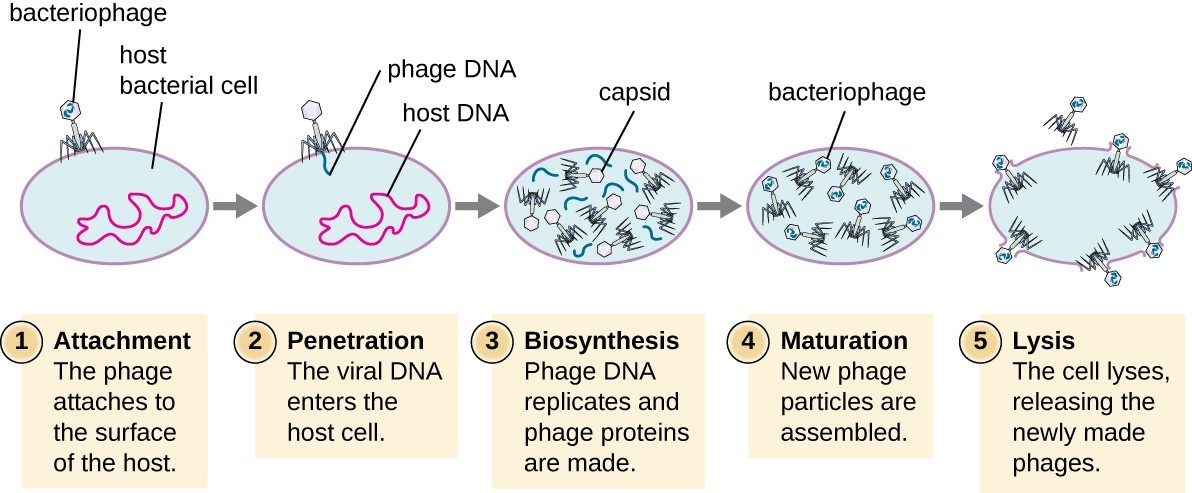 |
Choice B is incorrect because viruses do not divide inside the host cell.
Instead, they use the host cell’s machinery to produce new virus particles.
Choice C is incorrect because viruses do not have their own replication processes and rely on the host cell for replication.
Choice D is incorrect because while some viruses may destroy the host cell during replication, this is not always the case and is not the primary relationship between viruses and their host cells during replication.
Correct Answer is C
Explanation
Neurons communicate with each other through both electrical and chemical signals.
The electrical signal, or action potential, runs from the cell body area to the axon terminals, through a thin fiber called axon.
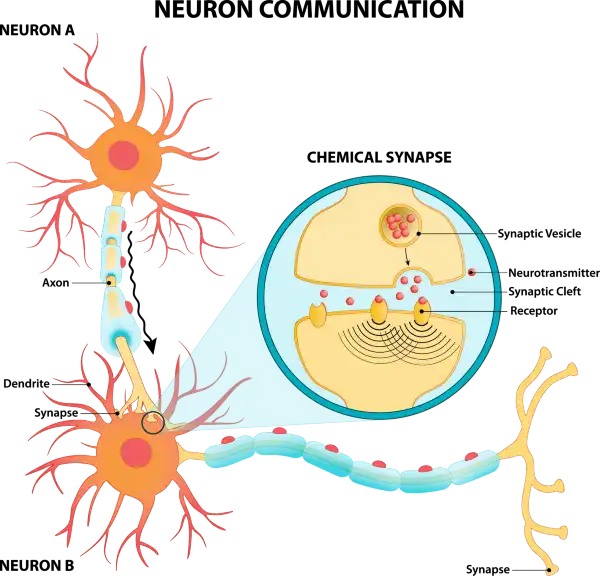
Neurons also communicate with one another at junctions called synapses.
At a synapse, one neuron sends a message to a target neuron—another cell.
Most synapses are chemical; these synapses communicate using chemical messengers.
Choice A is incorrect because neurons communicate not only through electrical signals but also through chemical signals.
Choice B is incorrect because neurons communicate not only through chemical signals but also through electrical signals.
Choice D is incorrect because neurons do not communicate through mechanical signals.
Correct Answer is B
Explanation
Glycogen is the storage form of glucose in the human body.
It is a polysaccharide that is stored primarily in the liver and muscle tissue and can be broken down into glucose when the body needs energy.
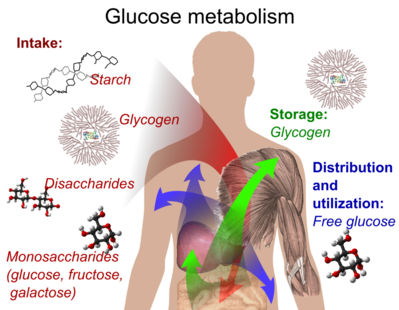 |
Choice A is incorrect because starch is a storage form of glucose in plants, not in the human body.
Choice C is incorrect because fructose is a simple sugar, not a storage form of glucose.
Choice D is incorrect because cellulose is a structural carbohydrate found in plant cell walls, not a storage form of glucose in the human body.
This question was extracted from the actual TEAS Exam. Ace your TEAS exam with the actual TEAS 7 questions, Start your journey with us today
Visit Naxlex, the Most Trusted TEAS TEST Platform With Guaranteed Pass of 90%.
Money back guarantee if you use our service and fail the actual exam. Option of personalised live tutor on your area of weakness.
